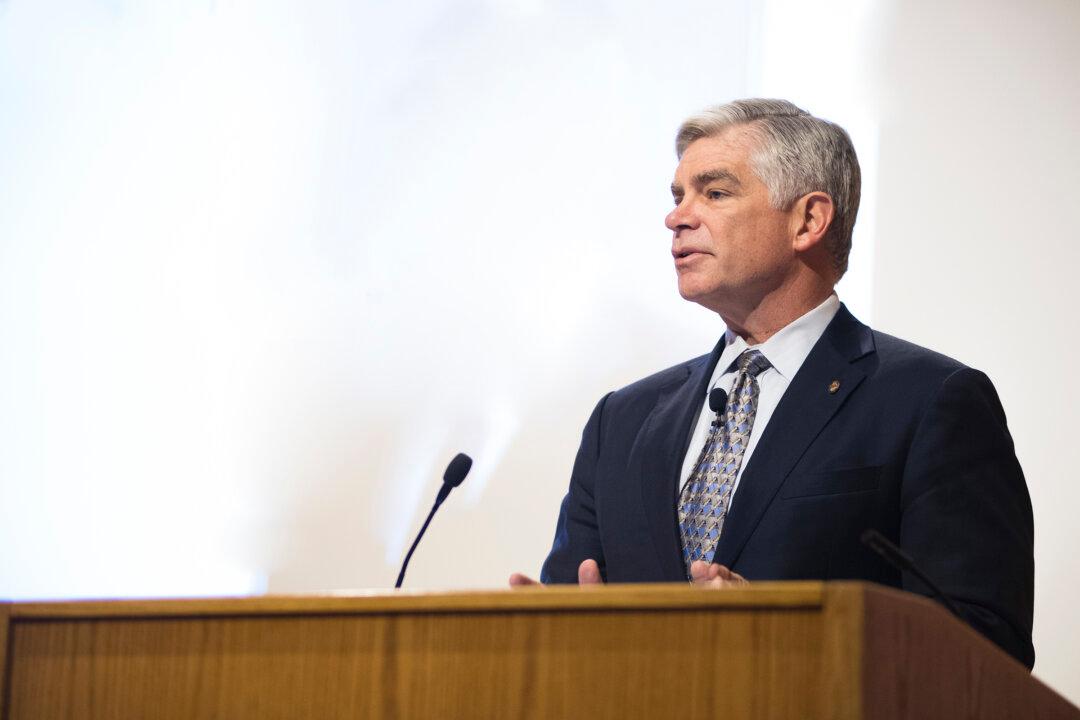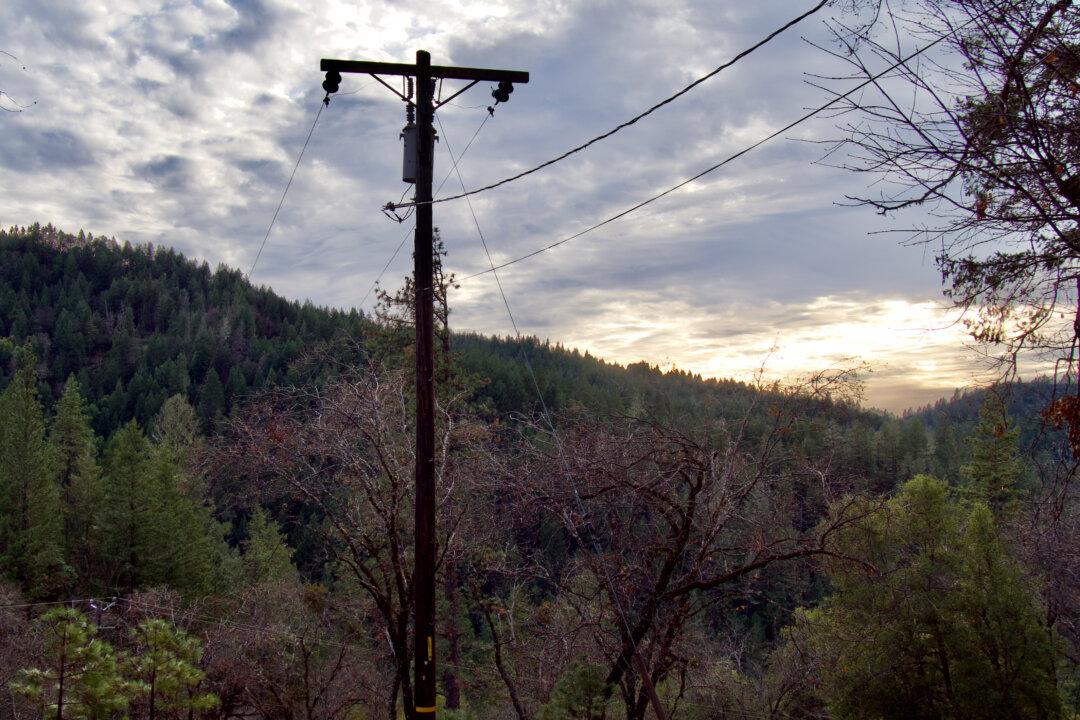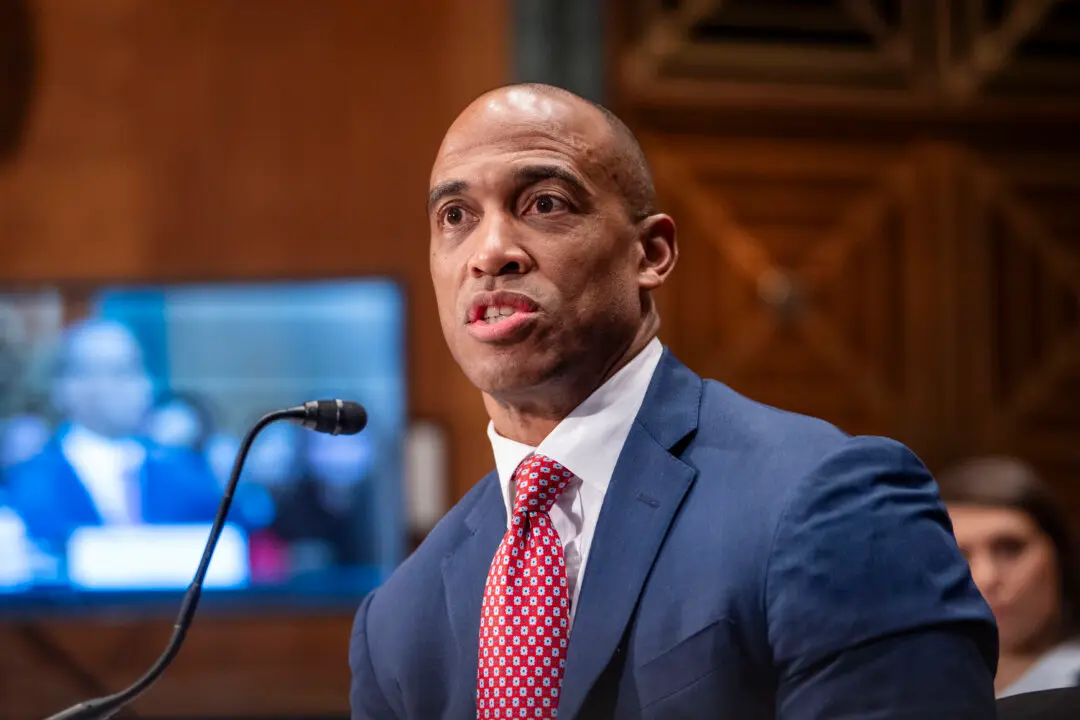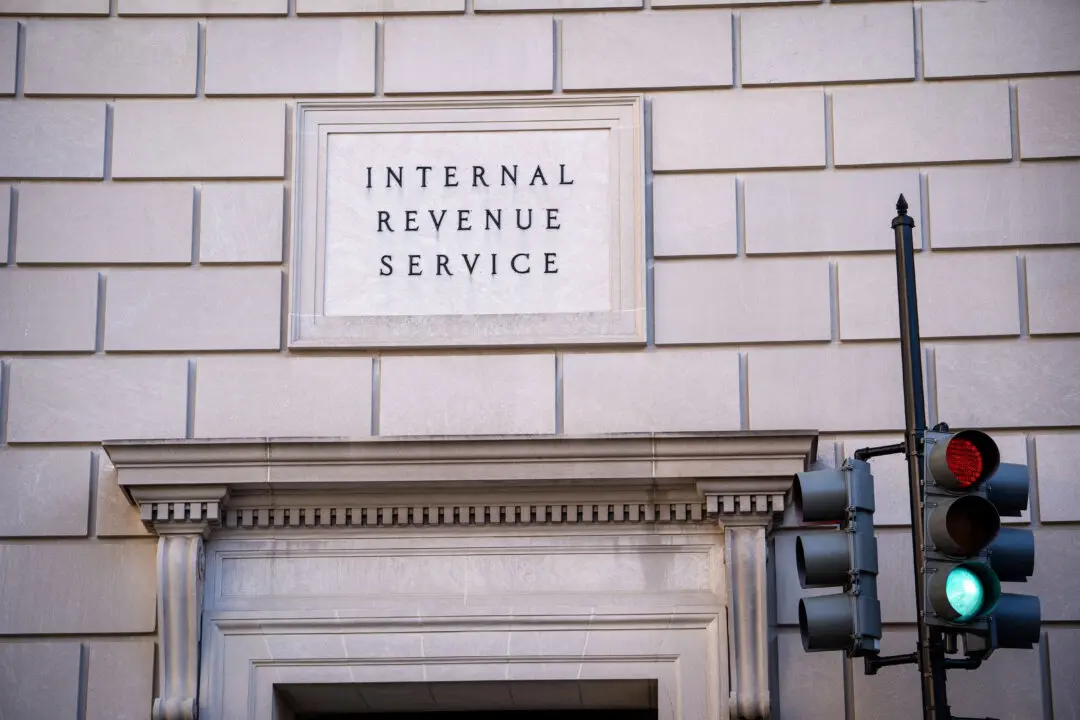Multiple Federal Reserve policymakers are expecting interest-rate hikes to continue, albeit at a smaller magnitude, as the central bank attempts to rein in inflation, with Patrick Harker, president of the Federal Reserve Bank of Philadelphia, predicting the economy will experience only a “modest” growth in 2023.
The Federal Reserve is “absolutely committed” to bringing down inflation back to its 2 percent target, which the central bank is doing by adjusting the monetary policy, Harker said in a speech on Jan. 18. “I expect that we will raise rates a few more times this year, though, to my mind, the days of us raising them 75 basis points at a time have surely passed. In my view, hikes of 25 basis points will be appropriate going forward,” he stated.





